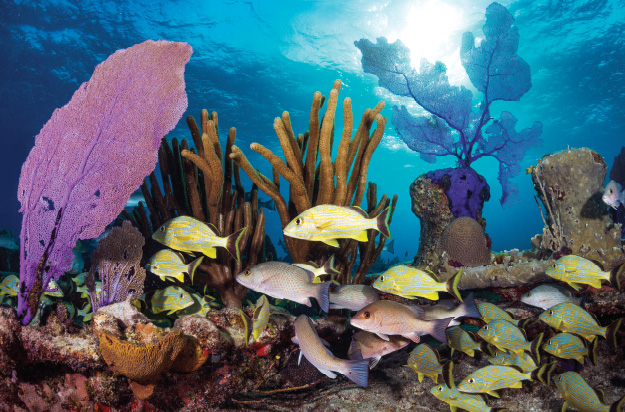Winter 2016: Energy Evolution
From carbon dioxide conversion to landfill mining, researchers at UTA are seeking viable alternative energy options.
Skip to content. Skip to main navigation.
From carbon dioxide conversion to landfill mining, researchers at UTA are seeking viable alternative energy options.
Found in everything from space shuttles to dental fillings, composite materials have thoroughly infiltrated modern society. But their potential is still greatly untapped, offering researchers ample opportunity for discovery.
Within the particle showers created at the Large Hadron Collider, answers to some of the universe’s mysteries are waiting.
Model systems like pigeons can help illuminate our own evolutionary and genomic history.
UT Arlington's tiny windmills are bringing renewable energy to a whole new scale.
The stability of our highways, pipelines, and even manholes is reaching a breaking point.
Scientists believe they have discovered a subatomic particle that is crucial to understanding the universe.
UT Arlington researchers unlock clues to the human body’s most mysterious and complex organ.
UT Arlington researchers probe the hidden world of microbes in search of renewable energy sources.
Wounded soldiers are benefiting from Robert Gatchel’s program that combines physical rehabilitation with treatment for post-traumatic stress disorder.
Tiny sensors implanted in the body show promise in combating acid reflux disease, pain and other health problems.
Nanotechnology researchers pursue hybrid silicon chips with life-saving potential.
Biomedical engineers combat diseases with procedures that are painless to patients.

Over the past 30 years, climate change and other environmental factors have led to a sharp increase in coral disease around the world. One particular hotspot is the Caribbean Sea, where many reefs have experienced population collapses due to outbreaks of disease.
Biology Associate Chair Laura Mydlarz is using a National Science Foundation grant to investigate why some species of coral are more vulnerable than others by looking at disease susceptibility, immunity, growth rates, and reproductive strategies in coral reefs off the U.S. Virgin Islands.
“Coral reefs are among the most biologically diverse places in the world, with thousands of fish species alone calling them home,” she says. “We want to learn why some coral species are more tolerant of certain diseases than others.”